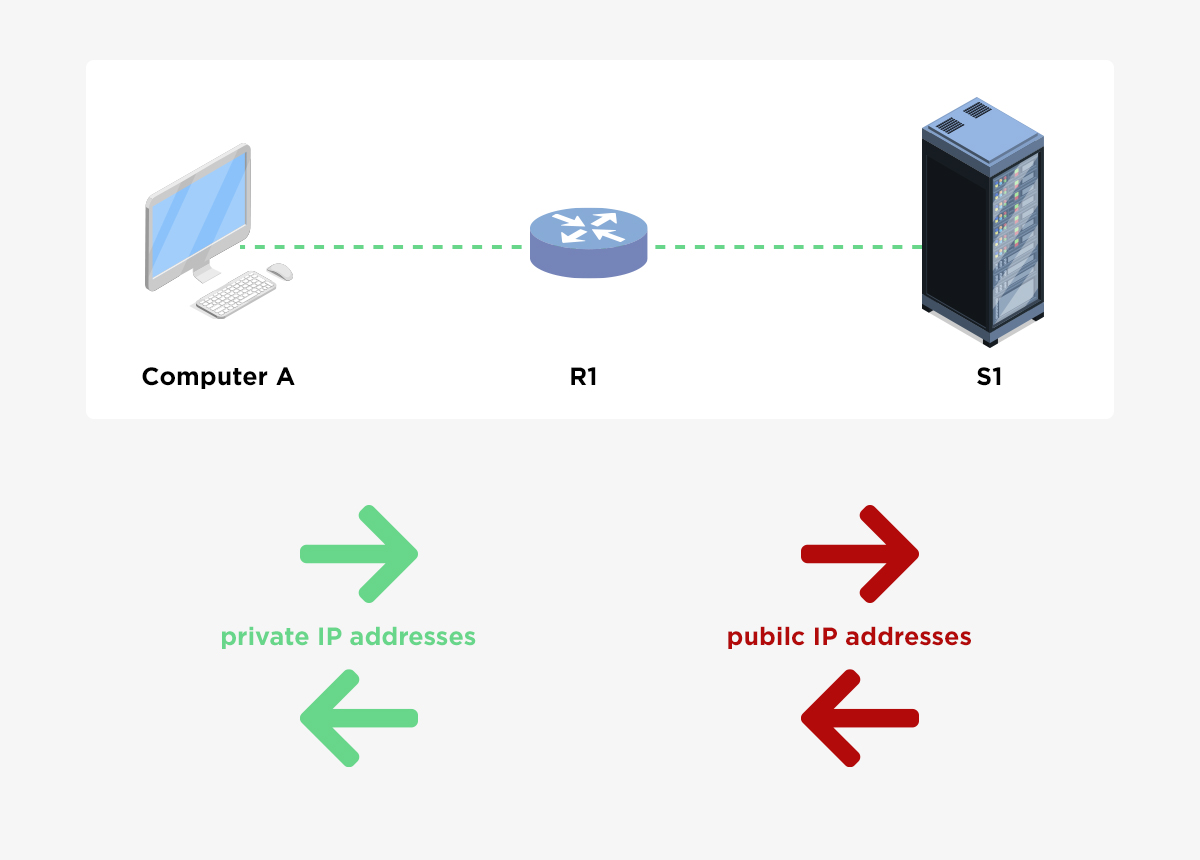NAT

NAT stands for Network Address Translation. It is a process used in computer networking to modify network address information in packet headers while in transit across a router or firewall. NAT allows multiple devices within a local network to share a single public IP address for communication with devices on external networks, such as the internet.
The primary purpose of NAT is to conserve public IP addresses, which are a finite and valuable resource, by allowing multiple devices within a private network to access the internet using a single public IP address. NAT operates at the network layer (Layer 3) of the OSI model and is commonly implemented in routers and firewalls.
Here's how NAT works:
Private IP Addresses: Devices within a local network are assigned private IP addresses according to reserved address ranges defined in RFC 1918, such as 192.168.x.x, 172.16.x.x–172.31.x.x, and 10.x.x.x.
Public IP Address: The router or firewall connecting the local network to the internet has a public IP address, which is routable on the internet.
Translation: When a device within the local network sends a packet destined for an external network, the router or firewall performs NAT by modifying the packet's source IP address (and port number) from the device's private IP address to the router's public IP address (and a dynamically assigned port number).
Reverse Translation: When a response packet is received from the external network, the router or firewall reverses the translation by modifying the packet's destination IP address (and port number) from the router's public IP address (and port) to the original private IP address (and port) of the requesting device.
NAT can be implemented in different modes:
Static NAT: Maps a specific private IP address to a specific public IP address, typically used for hosting servers with consistent public IP addresses.
Dynamic NAT: Maps private IP addresses to public IP addresses from a pool of available addresses, dynamically assigning public addresses as needed.
NAT Overload (PAT - Port Address Translation): Maps multiple private IP addresses to a single public IP address by using different port numbers to distinguish between connections, allowing many devices to share a single public IP address.
NAT helps improve network security by hiding the internal network structure from external networks and providing a level of address obfuscation. However, it can introduce limitations for certain network applications that rely on end-to-end connectivity, such as peer-to-peer communication and certain VPN configurations.
Thank you,